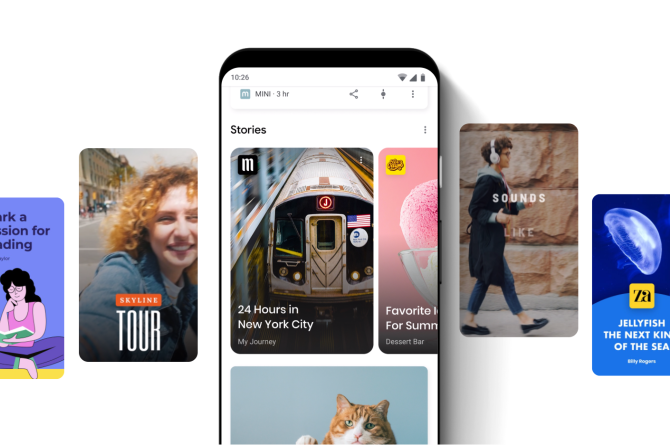Information Architecture
We create the site map for your new website using the information from the research phase.
A good site map makes information easy to find by structuring information to answer your customer’s needs and queries efficiently. A site map doesn’t generally outline user journeys, or user tasks. Best produced in conjunction with a customer experience map.
User Stories
User stories describe tasks your customers come to your site to solve and walk you your users’ interaction with your site, to obtain a speedy, successful resolution of their need.
User stories are excellent for large complex websites, and for e-commerce. They help streamline conversion processes and design an effective website that meets your users’ needs.
Content Development
The whole point of your site is to deliver the content your users want, swiftly and in a way that engages your customers and makes them feel good about your brand. Developing quality digital content can, and indeed should, take as much time as designing and building your site. Often it takes much longer.
Digital design is driven by your content, not the other way round. So ideally, you would write and collate copy, documents and imagery for your site, before starting work on your wireframes, or your website design.
It’s easy to underestimate how much time developing good user-friendly content takes. Content may require testing, especially calls to action, instructions, and key conversion points.
Wireframes
Wireframes show the framework of a site showing navigation, content, and interactive areas. They’re the next step after user stories, and are best designed in a highly collaborative way, and explore layout options and clarify thinking on how structure can improve usability.
Design Development
Digital design uses visual communication to enhance user experience of the site, and clearly highlight the journeys users should take. You can explore different ways to enhance the user experience visually at the beginning of a website project.
Interactive design tools like InVision can make your designs interactive enough for customer testing, focus groups and prototypes.
To be meaningful digital design needs to be done after spending time developing information architecture, user stories, and wireframes.
Prototypes
Prototypes are interactive models of your site. Building key portions of your site creates a platform for usability testing and allow you to identify and resolve user issues before you go live. You need to allocate time and budget, for testing, analyzing the testing results, and edits to incorporate feedback. For detailed guidelines on user testing read our article on Why User Testing Matters.














